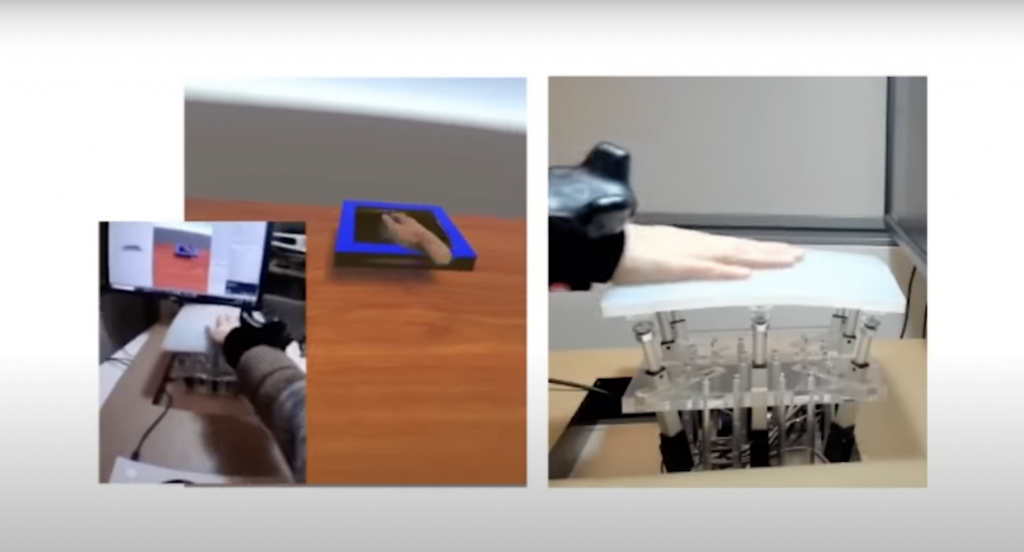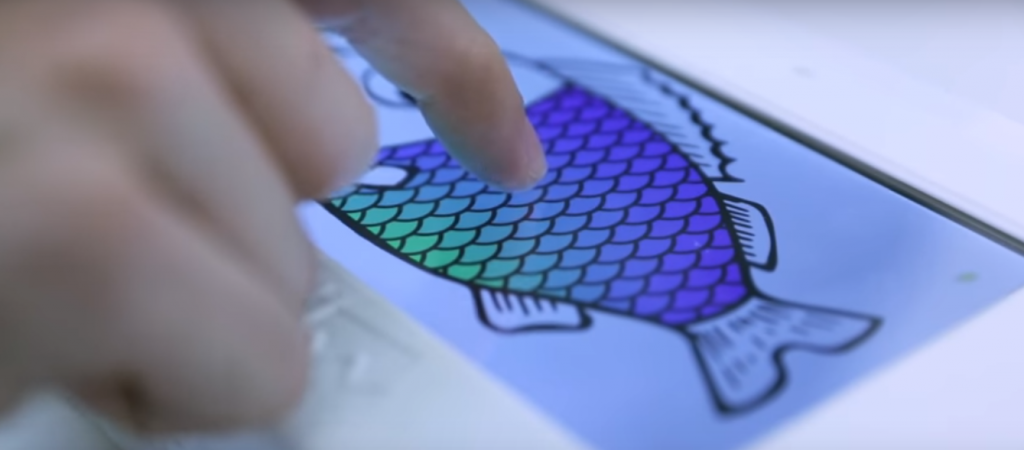Surface haptics is a branch of engineering that aims to create realistic textures on touchscreens and other surfaces. This technology has the potential to revolutionize the way we interact with devices, from our phones and tablets to car dashboards and even medical equipment.
The Vision of Surface Haptics
The ultimate vision for surface haptics is the creation of a “tactile internet.” This ambitious concept would leverage high-speed internet connections like 5G to transmit real-time haptic data, allowing users to remotely feel textures and objects with incredible realism. This aligns with the vision for VR, and the metaverse, an immersive online world where users can interact with each other and their surroundings in a more natural way.
Researchers at Northwestern University have made significant strides in developing surface haptic technology. They have created touchscreens that can simulate a variety of textures, from sticky to rough to fuzzy. This technology essentially allows the touchscreen to “touch you back,” providing a more natural and intuitive user experience that can be applied to everyday online experiences.
For example: imagine shopping online on your phone for a new rug, and being able to feel the texture of the fabric before you purchase. Or exploring the Louvre online, and being able to feel the paint on various canvases. In medicine, a doctor might be able to feel a patient’s broken bone from 1000 miles away.

Michael Peshkin, professor of mechanical engineering at Northwestern, describes it as “a touchscreen that touches you back.” In an interview with Axios, he says “You should be able to feel when you are on your phone, feel things that you see — not [just] feel the whole device vibrate, the way you do now when you hit a key.”
Peshkin’s company, Tanvas, aimed to commercialize surface haptics technology by creating an iPad-sized tablet that allowed users to feel different textures like smooth skin, sandpaper, or fabric simply by swiping their finger across the screen.
Surface Haptics in VR
In the video below, Mike Sinclair, a Principal Researcher at Microsoft Research, explores the future of haptics in virtual reality, emphasizing the significance of touch in human-computer interaction. He discusses the EPIC Lab’s efforts to enhance the sense of touch in virtual reality, allowing users to feel textures, compliance, and physical properties of virtual objects, and envisions a future where virtual reality glasses replace traditional monitors, enabling users to interact with virtual objects in a more natural and intuitive way.
While our phones may continue to gain new capabilities like air quality monitoring and holographic displays, they will always be limited by the physical constraints of touchscreens. Surface haptics technology offers a way to overcome this limitation, creating a richer and more interactive user experience that goes beyond the cold, hard glass of today’s devices.



